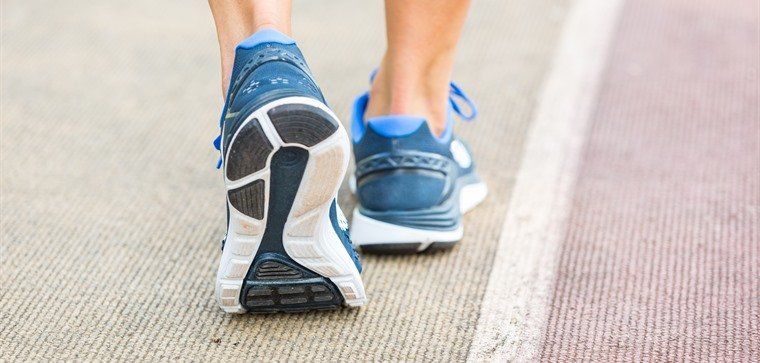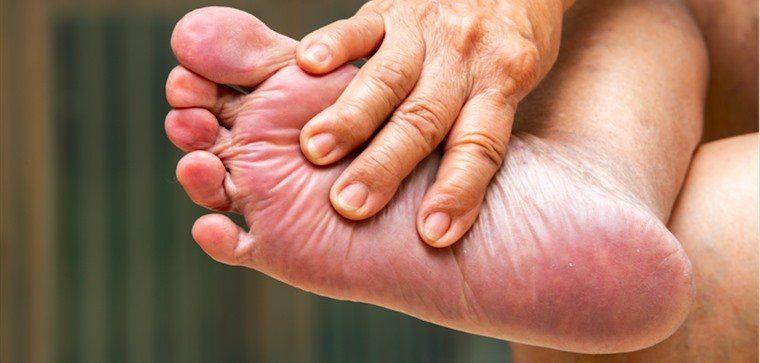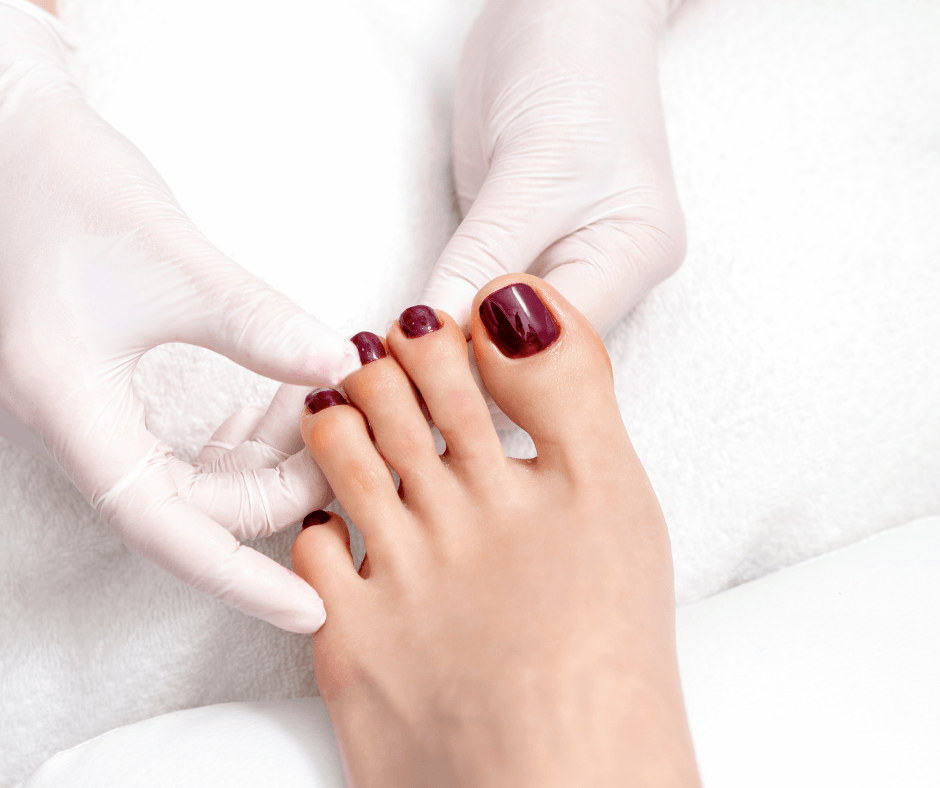Central Carolina Foot & Ankle
OFFICE HOURS: M-F 8:am-12:30pm; 1:30pm-5pm
Welcome to Duke Health! We are officially a part of the DHIP community:
So Let’s Start With A Look At Movement

Why would anybody write a blog about feet?
I’ve said this before but I’ve been doing this for a long time. I’ve been fascinated with feet for most of my life, and I’ve spent a lifetime helping people with hurting feet. As I step back and try to slow down (as I’m not ready to fully retire), I have pondered how I can help more people and share the years of knowledge I’ve acquired, the idea of writing a Blog started to make sense. There is a lot of mis-information and mass media out there selling products that boast treatments and solutions for different foot and ankle problems. But everyone’s feet are different and there is no cookie cutter solution that fits all. So I’m hoping to create a place for conversations so we can help you better understand the mechanics and complexities behind hurting feet and work with you to resolve it.
I’ve always been intrigued with the biomechanics of the foot—how its many parts relate to one another during walking and movement. After many years of study I’ve amassed a wealth of knowledge and experience in the field of biomechanics.
So let’s start with a look at “Movement”.
The fluid motion of walking that we accept as being normal really occurs all the way through the entire body. It’s a fascinating process. Walking requires very little energy. It is, in fact, an act of falling, and in capturing yourself, again and again, before you actually do fall.
During a gait analysis, when I watch someone walk, I pay attention to everything — even to the position of the head. If their head is tilted right or left, for example, it may indicate that they have a leg length discrepancy that I need to be aware of.
Let’s consider Marjorie, a previous patient of mine, for a moment. On one of her visits she complained of a lot of pain when walking. Examination revealed that the problem was clearly Achilles tendon bursitis, the result of a sharp strain that causes injury to the calf muscle. As a result, she experienced a good deal of pain while walking.
The condition usually responds well to icing immediately after an injury and rest, anti-inflammatory medications such as aspirin or ibuprofen, and gentle stretching exercises. But I had seen Marjorie before, and I realized that her tendonitis was simply a reflection of a more serious problem. The condition is called Hallux Rigidus, which simply means that the great toe (her big toe) joint, in this case on her right foot, had become rigid and would no longer bend. And that condition had profound consequences on her ability to walk in a healthy, balanced, natural way. We were able to help Marjorie and now she is fully recovered and is enjoying pain free activity. Hallux Rigidus is just one of many conditions we treat at Central Carolina Foot & Ankle Associates that affects mobility and movement. Depending on the degree of deformity and condition of the joint, it can be treated functionally with prescription orthotics that change the foot’s relationship to the ground, thereby improving motion at the joint – or if severe, surgically via several different types of procedures.
When you come in to see one of the doctors at Central Carolina Foot and Ankle, we’re going to listen to you first, then closely examine your feet, probably watch you walk, obtain x-rays or other diagnostic tests, and then explain to you what we think the problem is and how we think we can resolve it. We want you to understand why you have foot pain and we want the treatment plan to make sense to you. Because educated, informed patients usually do what it takes to get well. We figure we are in this together.
It you are experiencing pain while walking or other problems with your feet please call our office (919)477-9333 and let us help you start working on the solution!


FOR APPOINTMENTS CALL: 919-613-7797
OFFICE:
919-477-9333
ADDRESS: 2609 North Duke St. STE 301, Durham, NC, 27704 |
BUSINESS HOURS:
- Mon - Fri
- Appointment Only
- Sat - Sun
- Closed

